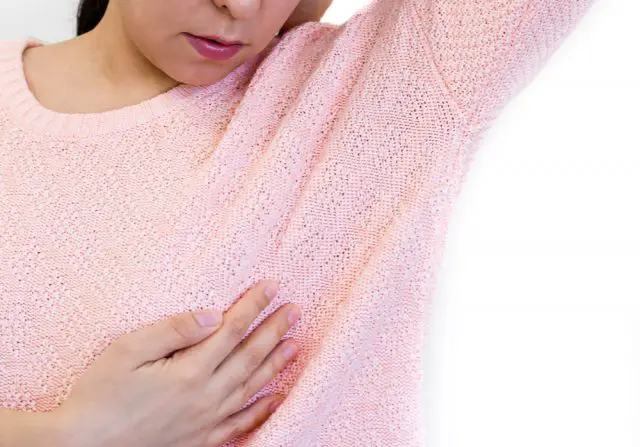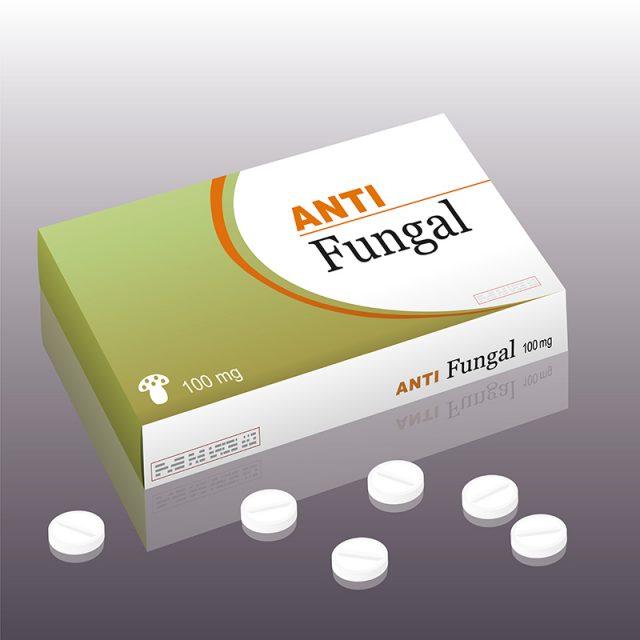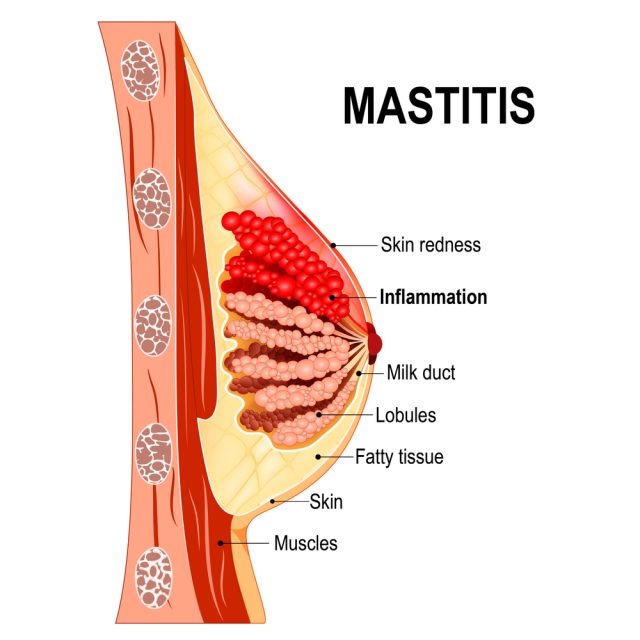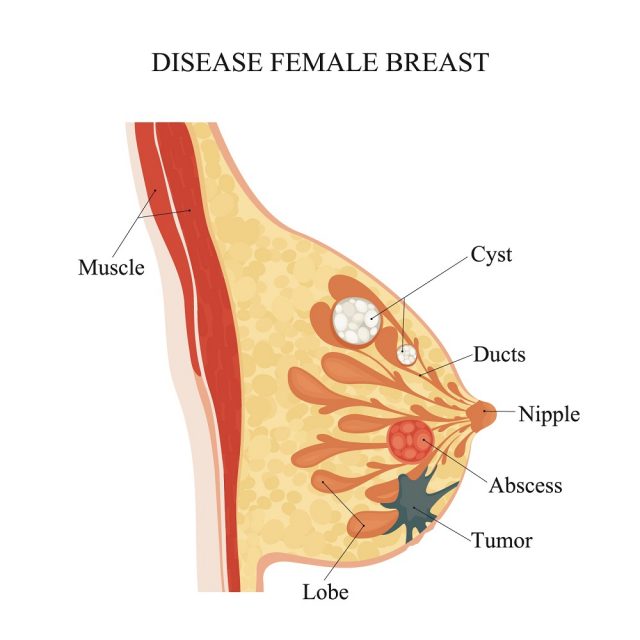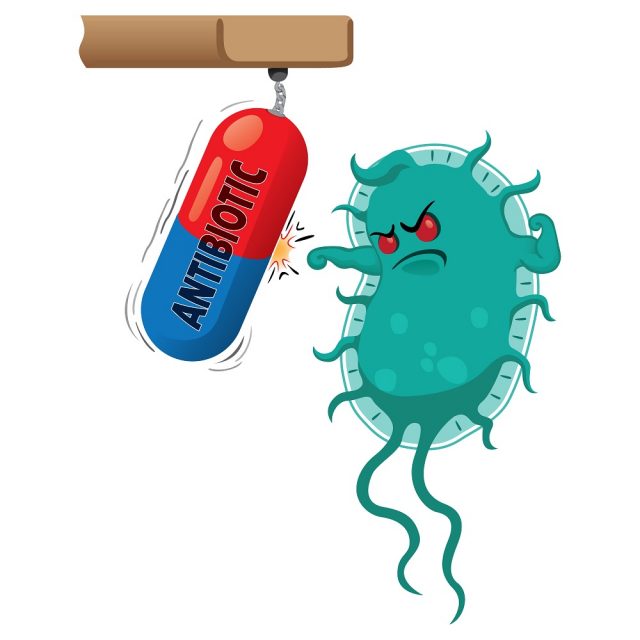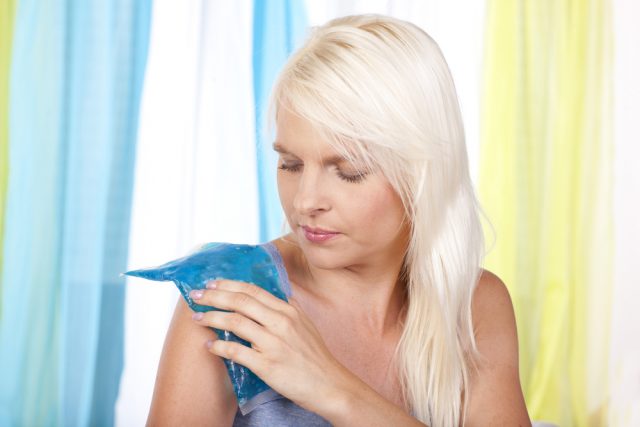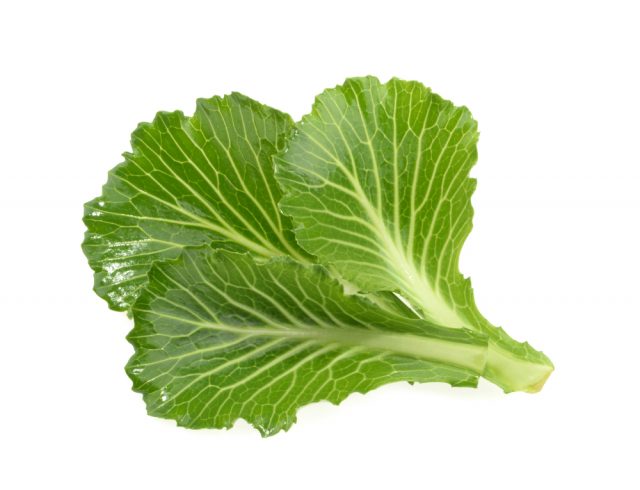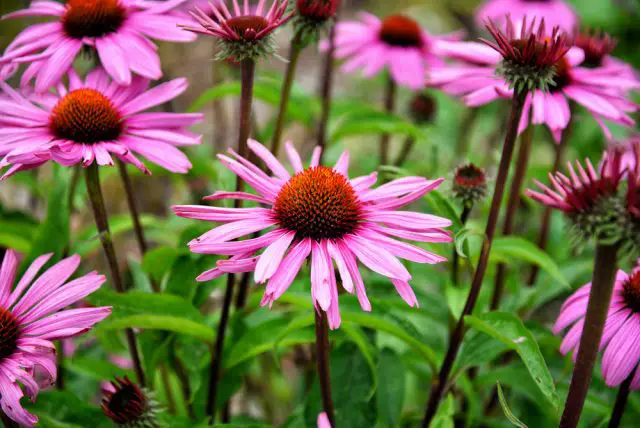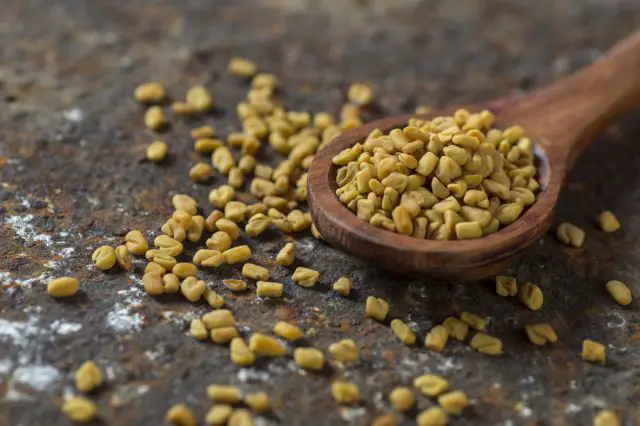Breast Infections: Everything You Need to Know
A breast infection is also known as mastitis, and this infection has a major impact on breast tissue. These infections are common among ladies that are breastfeeding, and it often happens when the bacteria present in baby’s mouth enters breast and infects it; this condition is named as lactation mastitis. However, mastitis also occurs in ladies that are not breastfeeding, but the cases are rare.
The breast infections have a major impact on the fatty tissue of breast that further causes pain, lumps, and swelling. Most of these infections happen due to clogged milk ducts, breastfeeding; however, few small cases are associated with certain kind of breast cancer.
Medical health studies reveal that the major cause of breast infection signs is fungus, bacteria, and mycobacteria. Some details about these three types of breast infections are provided below:
Bacterial Breast Infections
This type of breast infections is generally caused by normal skin bacteria like Streptococcus and Staphylococcus. Symptoms of bacterial breast infections start developing when the bacteria enter breast tissue via cracks, or it is present around the nipple at the time of breastfeeding. Bacterial infections are also observed to occur in the area of trauma, bruising to the breast and after surgery or biopsy.
The bacterial breast infections usually target fatty tissue present in the breast, and the common symptoms associated with this disease are redness, localize pain, swelling, and fever as well. Some patients report collection of pus in the affected area, and it is named as an abscess. Medical health professionals say that most of the bacterial infections respond to the antibiotic treatments but in few cases when abscess forms, it is important to execute aspiration treatment. When the pus is in bulk amount, one may need surgical drainage to treat the area.
Studies also reveal that a specific type of bacterial breast infection is also observed in cigarette smokers. Bacteria that are involved in this action are anaerobic bacteria, and they are able to live without oxygen. In medical terms, this disease is named as Zuska’s disease, and it causes recurrent draining of pus around the nipple area. Note that cigarette smoking is one of the most common causes of clogged ducts that can trap anaerobic bacteria. This condition further leads to a collection of pus and need immediate treatment. At the basic stage, it is possible to treat Zuska’s disease by using antibiotics; however, if it leads to some severe symptoms, experts may use some surgical procedures.
Fungal Breast Infections
Here is another common type of breast infection that affects the skin below the surface of the breast. This medical health issue is caused by fungus Candida Albicans. Cutaneous candidiasis is an itchy rash that may also release some smell like yeast. This breast infection is common among ladies that are already suffering from diabetes or those who have large breast. Some cases of fungal breast infections are also reported among woman that are using immunosuppressive medications such as cancer medications, transplant medications, and steroids. People that are already suffering from autoimmune diseases such as rheumatoid arthritis, HIV or Scleroderma can also suffer fungal breast infections.
Reports say that breast infection after lumpectomy is common among people who have weaker immune systems. These fungal infections affected deeper skin areas and needed intravenous or oral medications for treatment. Some of these infections can also be treated using antifungal creams or lotions.
Causes of Breast Infection
As already discussed, breast infections in most cases occur during the breastfeeding when the bacteria from baby’s mouth enters milk duct or through any crack present on the nipple. Most cases of breast infections occur in one to three months after delivery of the baby, but these infections can also occur in ladies that have not delivered the baby. The condition is also common among woman after menopause as well. Few other potential breast infection causes are chronic mastitis that is a rare form of cancer and is also named as inflammatory carcinoma.
Mastitis is rare in a healthy woman but if you are already suffering from chronic illness, diabetes, AIDS or any other disease that affects immune health you are susceptible to breast infections as well. As per medical reports, around 1 to 3% ladies develop mastitis during breastfeeding, and if it is not treated on time, the symptoms may even go worse.
Chronic mastitis can occur in ladies that are not involved in breastfeeding; however, in case of postmenopausal women, these infections are associated with chronic inflammation of ducts below nipple area. Some hormonal changes in the body can cause the development of clogged milk duct, and such ducts are more susceptible to breast infections. These infections may even tend to return after antibiotic treatment for breast infection during pregnancy.
Some common causes of breast infection in breastfeeding mothers are when the baby does not attach well to the breast or when you feed him infrequently. Babies also face difficulty in sucking milk out of the breast. Sometimes, the milk ducts also become blocked due to tight clothing that exerts unwanted pressure on the breast.
Symptoms of Breast Infection
Symptoms of breast infection may take very less time to develop, and they may cause severe discomfort with pain.
Some of the most commonly observed symptoms are listed below:
- The area of the breast is becoming swollen and red.
- The affected portion of breast hurts when it is touched.
- Some patients also experience burning sensation, and it increases while breastfeeding.
- The infected area feels hot when touched.
- Flu-like symptoms.
- Anxiety or stress.
- Shivering and chills.
- Elevated body temperatures.
- General aches along with pain.
- Fatigue and tiredness.
- Feeling of malaise.
- Breast tenderness.
- Breast lump.
- Nausea and vomiting.
- Discharge or pus from the nipple.
Treatment of Breast Infections
When a breastfeeding woman is suffering from symptoms of breast infections; the medical health experts prefer to start diagnosis with a physical exam. They will ask the patient about all symptoms and will try to identify if the infection has developed an abscess or not. In case if it has developed puss, it is important to follow some treatment to drain it fast. When the infection keeps on returning after treatment of breast infection after mastectomy, experts may need to perform some tests on your breast milk.
Other tests that can help to identify the presence of infection are mammogram and in case if the symptoms are showing the presence of breast cancer, then professional may perform a biopsy of the breast tissue. While performing mammogram, professionals make use of low energy X-rays to generate an image of the infected breast area. On the other side, breast biopsy is the process of removing small tissue from breast area and use it as a sample to test the presence of cancerous cells.
In most common cases, breast infections can be treated with a course of breast infection antibiotic that may last for 10 to 14 days. Generally, most women feel relief within 48 to 72 hours of the course, but it is important to take medications exactly as per prescription to avoid the return of the infection. It is possible to continue breastfeeding your baby during the course, but in case if the state is uncomfortable, experts advise using a breast pump to prevent the milk supply loss.
In case if your disease or infection has developed abscess; it is important to lance it and drain on time to ensure faster healing. However, you may need to follow the guidance of professionals for breastfeeding in this condition. When breast infection-related symptoms are caused by inflammatory breast cancer; the treatment will be completely based upon the severity of the disease. Some of the most common therapies used in this case are radiation therapy, chemotherapy; in some cases, you may need to undergo surgical procedures.
Trusted Home Remedies to Treat Breast Infections
- Massage:
When you are in trouble due to breast infections, massage can provide great relief. It helps to unblock the ducts with plugged milk and also relieves swelling. While applying this treatment, always prefer to massage from the outer portion of the breast to the small circles around nipples, and you may need to apply more pressure on the infected area. In order to start with this treatment, simply prepare some massage oil by mixing wheat germ oil with apricot and then use this for massaging your breast in routine. Some people also prefer to use camphor oil with olive oil to treat the condition.
- Cold and Hot Compresses:
Both cold and hot compresses are considered to be useful for the treatment of mastitis. The hot compresses help to clear the blockage in the breast area; whereas the cold compress helps to deal with the swelling and pain. Compresses can also improve the blood circulation to the affected area so that it can receive fast healing. You can wrap a hot water bottle in fabric or thin towel and then apply it on the affected area with tolerable pressure for 10 to 15 minutes. In case of cold compresses, you may need to wrap ice cubes in a thin towel and use them for 5 minutes. Repeat the treatment for few days, at least 2 to 3 times a day.
- Cabbage Leaves:
Cabbage leaves contain sulfur compounds that offer trustworthy soothing therapy for infected and inflamed breasts. They can also ensure some relief to nursing mothers by healing clogged ducts. All that you need to do is, chill a few leaves of cabbage in the refrigerator for at least 30 minutes and then place them on the infected area of the breast. Replace the leaves with other cold ones when they reach up to room temperature. This treatment can help you to get permanent relief from infection.
- Garlic:
With its amazing antibiotic properties, garlic is capable enough to deal with mastitis symptoms. It helps to deal with the bacteria that are responsible for the development of infection in the breast area. It also improves immune health so that breast can receive a quick recovery. Patients simply need to eat 2 cloves of raw garlic with an empty stomach; however, in case if you don’t like it; prefer to have it with plain water or orange juice. In case if raw garlic cloves are not your cup of tea, you can also purchase garlic supplements from the market.
- Echinacea:
Here is a special herb that assists in improving the health of immune system so that it can initiate a fight against infections in your body. Note that Echinacea contains some flavonoids with anti-inflammatory, antimicrobial and antibiotic benefits. You need to apply tincture of the echinacea root at infected breast area and repeat this treatment at least 4 to 5 times a day. Make sure you clean the area property using warm water before you feed your baby next time.
- Apple Cider Vinegar:
You might be aware of the awesome health benefits of apple cider vinegar; the great news is that it can also help to treat breast infections. The anti-inflammatory and anti-bacterial properties of apple cider vinegar help to prevent spreading of infection, and it also improves the healing process. Take one part of apple cider vinegar and mix It into 2 parts of warm water. You can apply this solution to the affected area with the help of a cotton ball, and it is good to let it stay there for at least 15 minutes. Later, you can rinse it using warm water.
- Fenugreek Seeds:
As per Ayurveda, fenugreek is capable enough to stimulate milk-producing glands, and at the same time, it also assists in the treatment of infection. Take 4 tablespoons of fenugreek seeds and soak it in water for whole night. By the next morning, grind these seeds and create a paste. You can place this paste on the clean cloth and then warm it for few minutes in a microwave. It is time to use this hot arrangement to compress the infected breast area.

